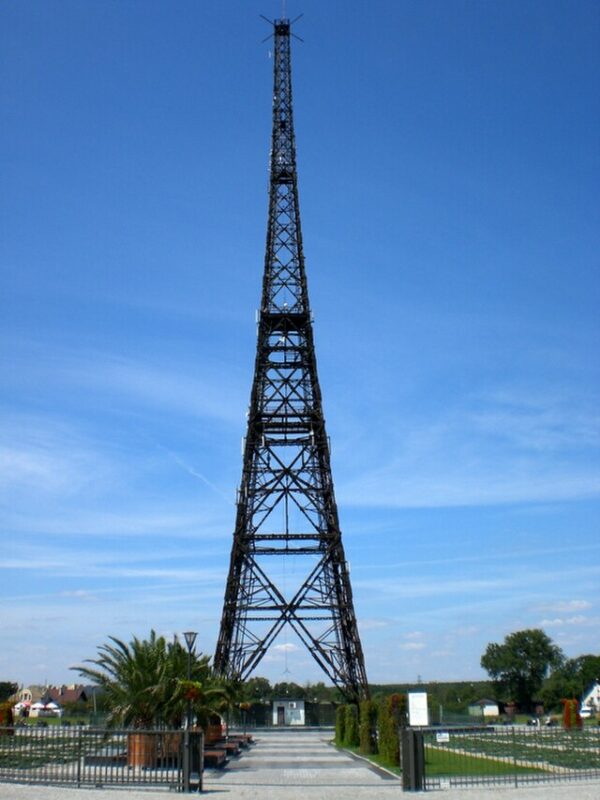On the evening of August 31, 1939, as summer drew to a close in Europe, a strange broadcast crackled over the airwaves of a small German radio station near the Polish border. The message, supposedly issued by Polish saboteurs, declared that the station had been seized in the name of Poland. In reality, it was not Polish soldiers at all but German SS operatives dressed in stolen uniforms, staging a deception so crude yet so consequential that it would be remembered as one of the darkest false flag operations in modern history.
The “Gleiwitz incident,” as it came to be known, was engineered by the Nazi regime to provide Adolf Hitler with the casus belli he needed. For months, Hitler had demanded territorial concessions from Warsaw, insisting that Germany must reclaim the Free City of Danzig and secure rights across the Polish Corridor. Poland, with Britain and France as its backers, refused. What Hitler needed was not negotiation but pretext—and so Heinrich Himmler, head of the SS, and Reinhard Heydrich, chief of German security, devised a plan to manufacture one.
Operation Himmler, the broader umbrella of staged provocations along the border, reached its climax at Gleiwitz. SS men under Alfred Naujocks stormed the station, broadcast a short Polish-language message urging hostility against Germany, and left behind the body of a murdered German prisoner who had been dressed in Polish uniform to “prove” the raid’s authenticity. The Nazis referred to these corpses as Konserve—“canned goods”—a chilling euphemism for expendable human beings whose deaths could be manipulated into propaganda.
By dawn on September 1, Hitler announced to the world that Germany had been attacked by Polish forces. The Reichstag was informed of “21 border incidents” during the night, Gleiwitz foremost among them, and German divisions poured across the Polish frontier. “Since 5:45 a.m. we have been shooting back,” Hitler told his audience, as though Germany were the victim of aggression rather than its perpetrator.
For the German people, tightly controlled by Goebbels’s propaganda machine, the story provided a thin veneer of justification. Internationally, however, the deception fooled few. The rapidity and scale of Germany’s invasion—over a million troops, thousands of tanks, and overwhelming air superiority—betrayed the truth: this was a war meticulously prepared, not hastily provoked. Within forty-eight hours, Britain and France honored their treaty commitments and declared war on Germany, ending the illusion that appeasement could hold the peace of Europe.
The Gleiwitz incident has since become a case study in the manufacture of consent for war. Deception as a tool of statecraft was hardly new, but the Nazis carried it to grotesque extremes, willing to murder their own subjects and falsify evidence to create the appearance of victimhood. It reflected Hitler’s belief that the masses could be swayed by sheer audacity—that a brazen lie, told with confidence, could erase doubts about aggression.
Yet the episode also revealed something deeper about the Nazi state. The regime’s ideological commitment to conquest and racial domination required a constant drumbeat of manufactured enemies. Poles were portrayed as uncivilized aggressors, their resistance cast as an existential threat to Germany. In truth, Poland stood no chance against the Wehrmacht, but the propaganda of Gleiwitz helped to frame the campaign as a defensive struggle rather than naked imperialism.
The consequences were catastrophic. The invasion of Poland marked the formal beginning of World War II in Europe, a conflict that would claim over 70 million lives. Gleiwitz was merely the spark, but it symbolized the cynical willingness of totalitarian regimes to rewrite reality itself in service of war. As Alfred Naujocks later testified at Nuremberg, the entire incident had been staged “on direct orders from Heydrich.” No genuine Polish attack occurred; the war had been launched on a lie.






